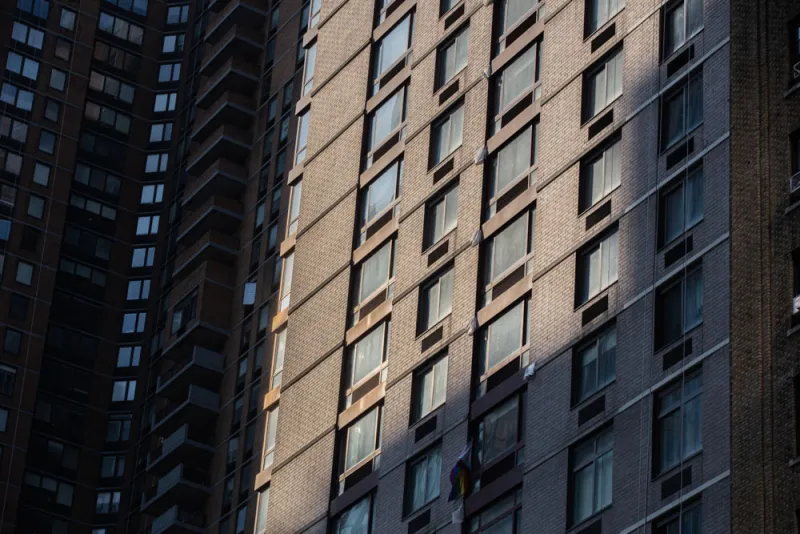A still-fledgling secondary market for private real estate funds is getting a big push forward from institutional investors eager to invest in newly hot areas of real estate and sell off other, less desirable parts of the sector.
“Secondaries are really coming into their own. Covid just accelerated the increase,” said Eric Adler, president and CEO of PGIM Real Estate. “Some investors want to stay in real estate, but others want out. Secondaries are becoming a good solution.”
In private markets, secondaries trading allows investors to buy and sell fund stakes at any point in that fund’s life, rather than stay in a vehicle designed to be held for a decade or more.
One CIO of a state pension fund said the push behind the real estate secondary market falls under the heading of “never waste a good crisis.”
“The real estate market is changing quickly, but funds, by definition, are lagging behind,” he said. “It’s just the nature of the beast. There’s a long runway to property development.”
Real estate is a major allocation target of pensions, endowments, insurance companies, and other institutional investors. The majority of these holdings are in private real estate funds that invest in long planned projects and lock up investors’ money for a certain amount of time. Real Estate Investment Trusts, which are publicly traded and can be bought or sold at any time, represent a growing, but still small percentage of assets. The two are generally invested in different sectors of real estate.
In private equity, the secondary market for fund stakes has been growing since the global financial crisis. At the time, investors needed a way to unlock cash held in private markets. The majority of secondary transactions today are still in private equity funds, with real estate, credit, and other private asset classes still relatively nascent.
“Real estate funds have one of the longest holding periods,” said Jay Cipriano, managing director of SEI’s investment manager services division. “But LPs’ situations change. The secondary market allows them to gain liquidity and more actively manage their portfolios, as well as re-prioritize their investment options.” He added that it’s not just about selling underperforming assets: Investors can also try and maximize value by selling assets into a bull market like this one.
In a recent survey, about half of all managers and investors told SEI that they’ll participate in the secondary market this year. This compares to six years ago, when Cipriano said only 28 percent of managers planned to buy or sell in the secondary markets and 38 percent of investors said the same.
For real estate investors, PGIM’s Adler said commercial office space has the biggest question mark hanging over it, while sectors like retail will have to be re-priced before new investors can come in and refurbish suburban malls, for example. At the same time, some locations in the U.S. are becoming less desirable while others are booming in popularity.
“Real estate has been so attractive for institutional investors,” he said. “Certain cities and buildings have seemed like they’ll have value forever. But you can’t forget that these assets are utilitarian. At the end of the day, they have to serve a societal need. We haven’t lived through something like Covid. Covid reminds us that real estate isn’t just a financial instrument. It has to match what’s needed. If everybody wants to move to the South, that has massive implications.”
Meanwhile, real estate sectors including industrial, biotech, life sciences, and certain types of data centers that are used for cloud computing have boomed amid the pandemic, making these assets scarce, according to Adler. The secondary market allows GPs to buy out the limited partners to keep these types of assets, he said. As an example, Adler said GPs could put together a unique portfolio of so-called last-mile logistics centers, which are hard to rebuild given the scarcity of space near cities.
“Institutional investors can’t regain those assets easily, so secondaries are brilliant,” Adler said.







